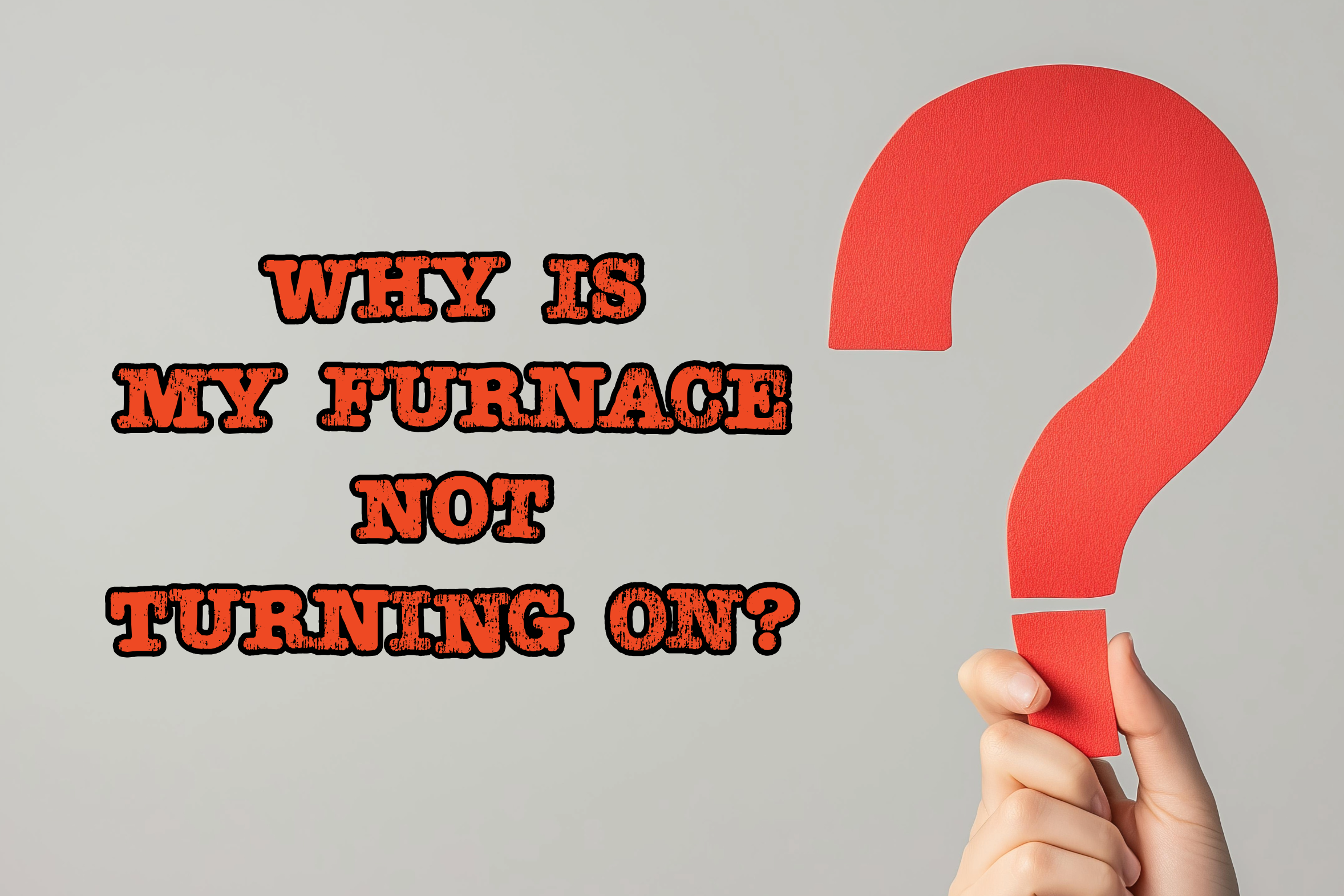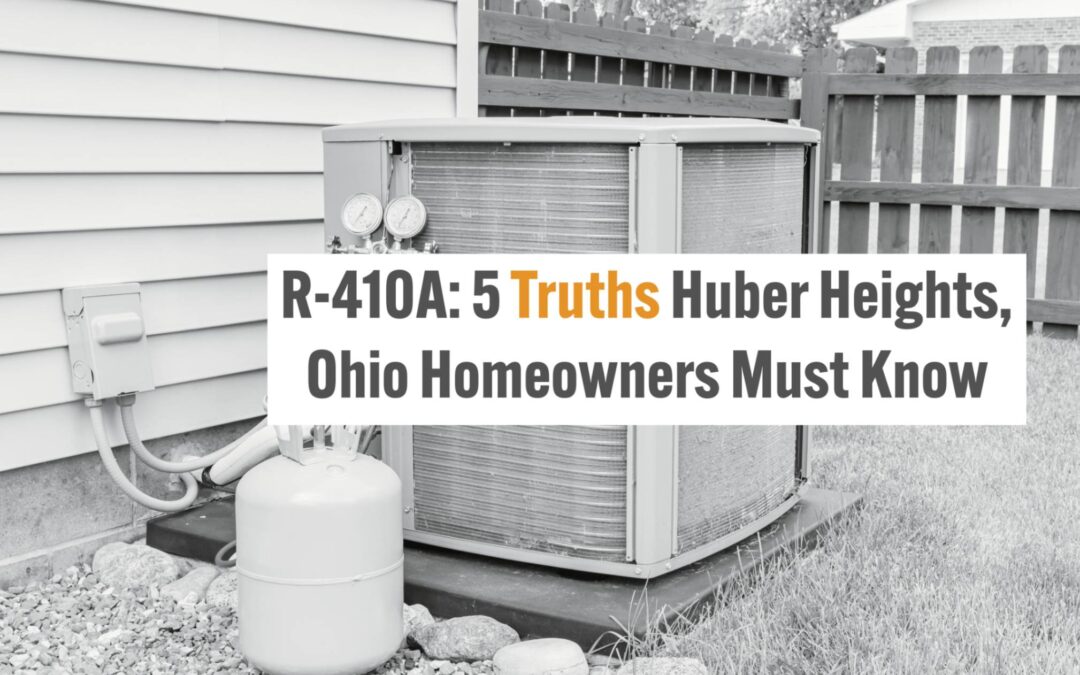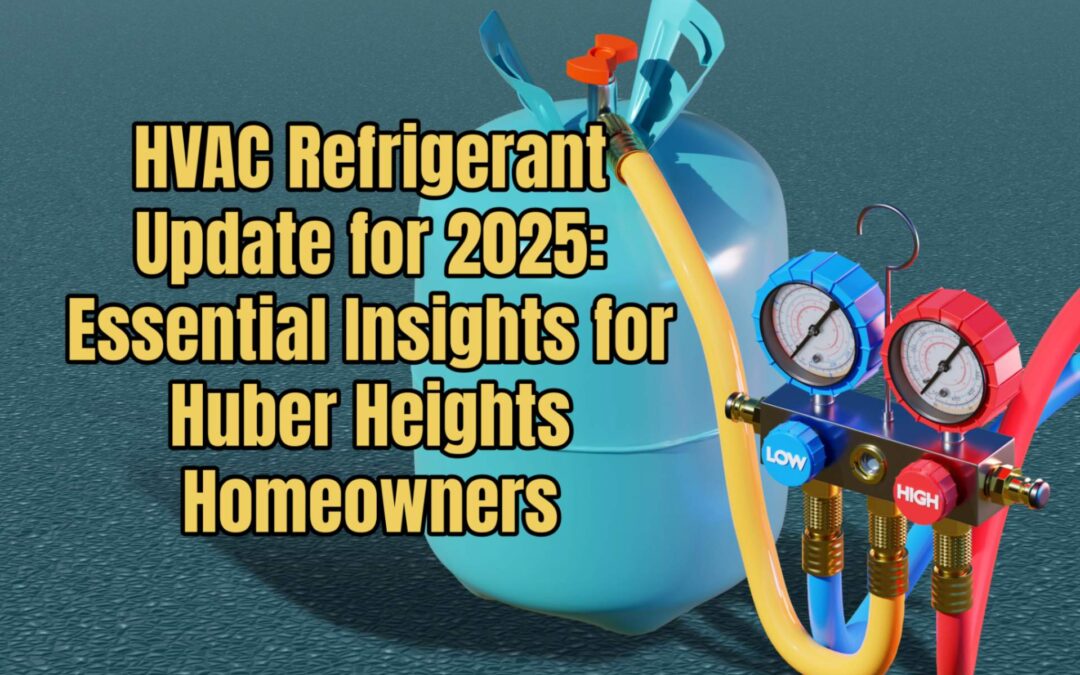If your furnace isn’t turning on, you’ve come to the right place! We have put together some troubleshooting steps you can follow. With winter upon us, your furnace is now essential for this season and the next.
Before you panic and contact your Huber Heights Heating & Cooling professionals, it’s important to recognize that several common issues may be causing your heating system to malfunction. There are a few basic troubleshooting steps that are safe for you to try, so without further ado, here is a straightforward troubleshooting list to help you identify the problem.
1. If Your Furnace Won’t Turn On, Look at the Power Source
When troubleshooting a problem, the first step is to verify the power source. As the saying goes, “With great power comes great responsibility.”
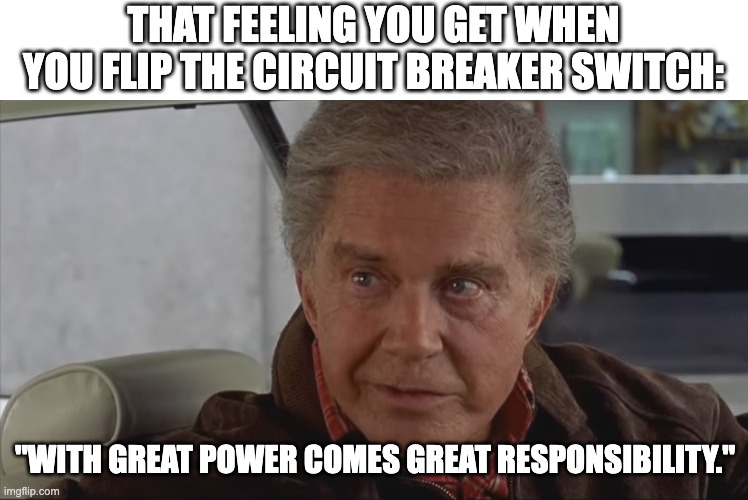
On a more serious note, there are two primary power sources to examine, depending on the type of furnace in use: the circuit breaker and the gas or oil supply.
The Circuit Breaker: If your furnace operates on electricity, it is important to inspect the circuit breaker. The circuit breaker for your furnace may have tripped, resulting in a loss of power to your heating system. Therefore, check your electrical panel for any switches that are in the “off” position or in between “on” and “off.” Frequently, a breaker switch may appear to be in the “on” position when it is actually positioned in the middle, indicating that it is turned “off.”
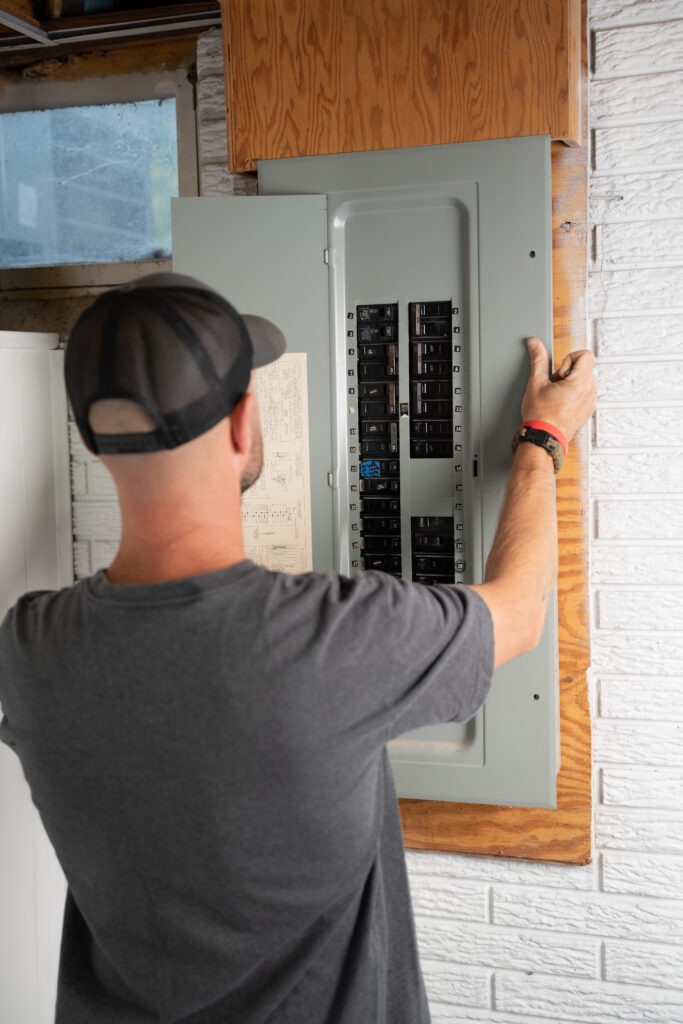
To address this issue, please reset any tripped breaker switches by fully switching them to the “off” position and then back to “on.” If the breaker trips again, it may indicate an underlying electrical problem that requires professional attention. Additionally, it is important to recognize that circuit breakers can wear out over time; therefore, if this issue persists, consulting with a professional to evaluate whether circuit breaker repair or replacement is the best course of action may be advisable.
The Fuel Supply: For furnaces that operate on fuel, it is essential to ensure a consistent fuel supply. Issues such as a closed valve or an empty oil tank can hinder the furnace’s operation. While it is safe to check that the gas valve is properly positioned, if you suspect any irregularities with the gas pressure, we recommend consulting a professional.
2. If Your Furnace Won’t Turn On, Look at the Thermostat
Next, let us examine the thermostat, as it serves as the command center for your HVAC system. If your furnace is not powering on, the solution may be a straightforward adjustment to the thermostat. Begin by ensuring that the thermostat is set to “heat” and that the temperature setting is higher than the current room temperature, allowing your heating system an opportunity to reach the desired temperature level.
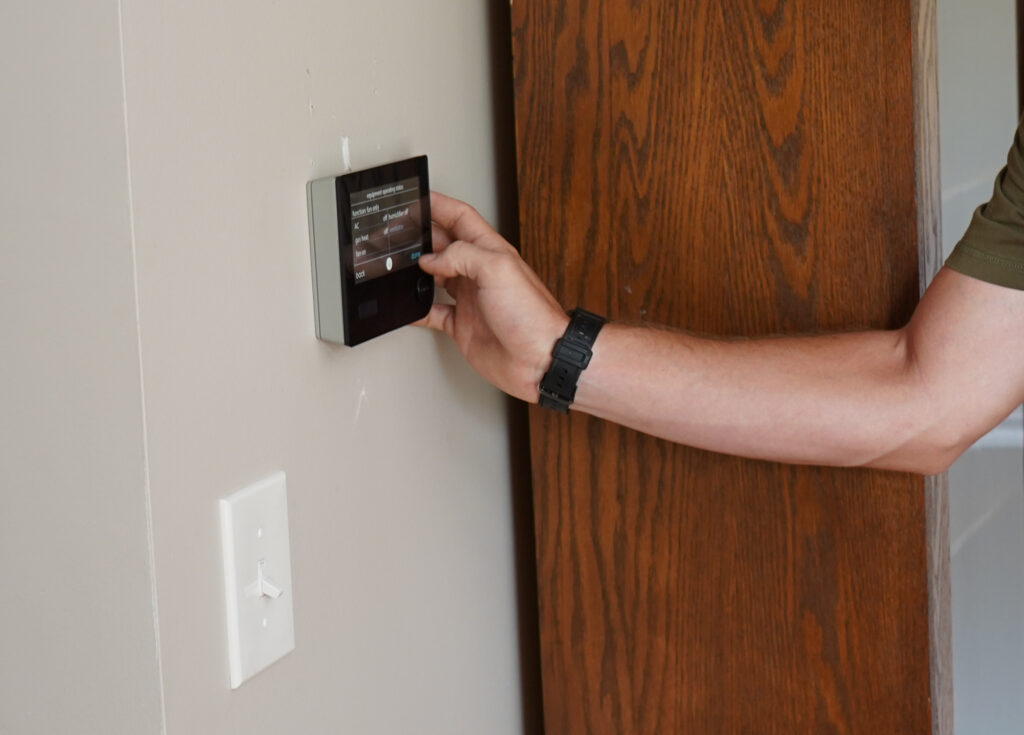
At times, the thermostat may not function correctly. This can occur. It is advisable to check and replace the batteries if applicable to your thermostat model. If your thermostat continues to be unresponsive, it may be prudent to have an HVAC technician evaluate it for an accurate diagnosis.
3. If Your Furnace Won’t Turn On, Look at the Air Filters
What about the air filters in your HVAC system? Have you checked them recently? While it may seem minor, a clogged air filter can significantly impact your furnace’s performance. When the air filter becomes dirty and filled with dust and other airborne contaminants, it restricts airflow, which can lead to overheating and automatic shutdown as a safety precaution. Therefore, it is advisable to inspect your air filters if the issue has not yet been resolved.
If the filter is dirty, it is advisable to replace it with a new one. Regularly changing the air filters is strongly recommended—ideally, this task should be performed every 1-3 months, as doing so can enhance your HVAC system’s efficiency and extend its lifespan.
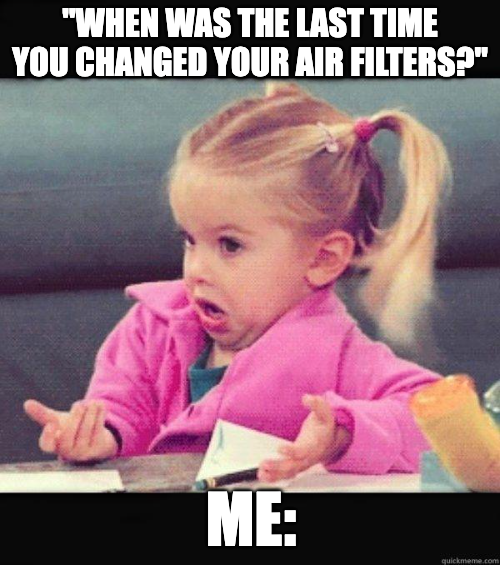
4. If Your Furnace Won’t Turn On, Look at the Ducts
Did you know that blocked or obstructed ducts can hinder your furnace’s proper functioning? When airflow is restricted, it signals to the furnace that there is an issue, prompting it to shut down. For instance, if objects have fallen into the ductwork, some furnaces may enter safety mode and remain off.
Certain furnaces are designed with this response as a safety mechanism to prevent carbon monoxide poisoning in the home. While specific conditions must be met for this scenario to arise, prioritizing your safety is essential. Therefore, addressing any obstructions promptly is always the most prudent course of action.
5. If Your Furnace Won’t Turn On, Look at the Drain Pan
Modern furnaces are equipped with several safety features. For example, when a drain pan accumulates excessive moisture, it can activate a safety switch that disables the furnace. If the issue persists after this, it is advisable to locate the drain pan, typically situated beneath the furnace, and carefully empty it if it is filled with water.
Similarly, if you have observed that the drain pan fills up frequently, indicating a recurring issue, this may signal a problem with your HVAC system’s drainage. In such instances, we recommend contacting us for assistance.
What Now?
Addressing a furnace that fails to activate can be frustrating; however, this issue is often resolved by following the troubleshooting steps outlined above. By inspecting the circuit breaker, thermostat, air filter, ducts, drain pan, pilot light, and fuel supply, you can frequently identify and rectify the problem independently.
If troubleshooting does not resolve your furnace issues, please remember that the Huber Heights Heating & Cooling team is always here to assist you. With our expertise in furnace repair and maintenance, we are fully equipped to restore your furnace’s functionality promptly. Your comfort and safety are our top priorities, and sometimes, seeking expert assistance is the most effective solution.
Please, do not hesitate to contact us. We’d love to hear from you! You can contact Huber Heights Heating & Cooling (937) 226-9675, or schedule an appointment online now by clicking here!




